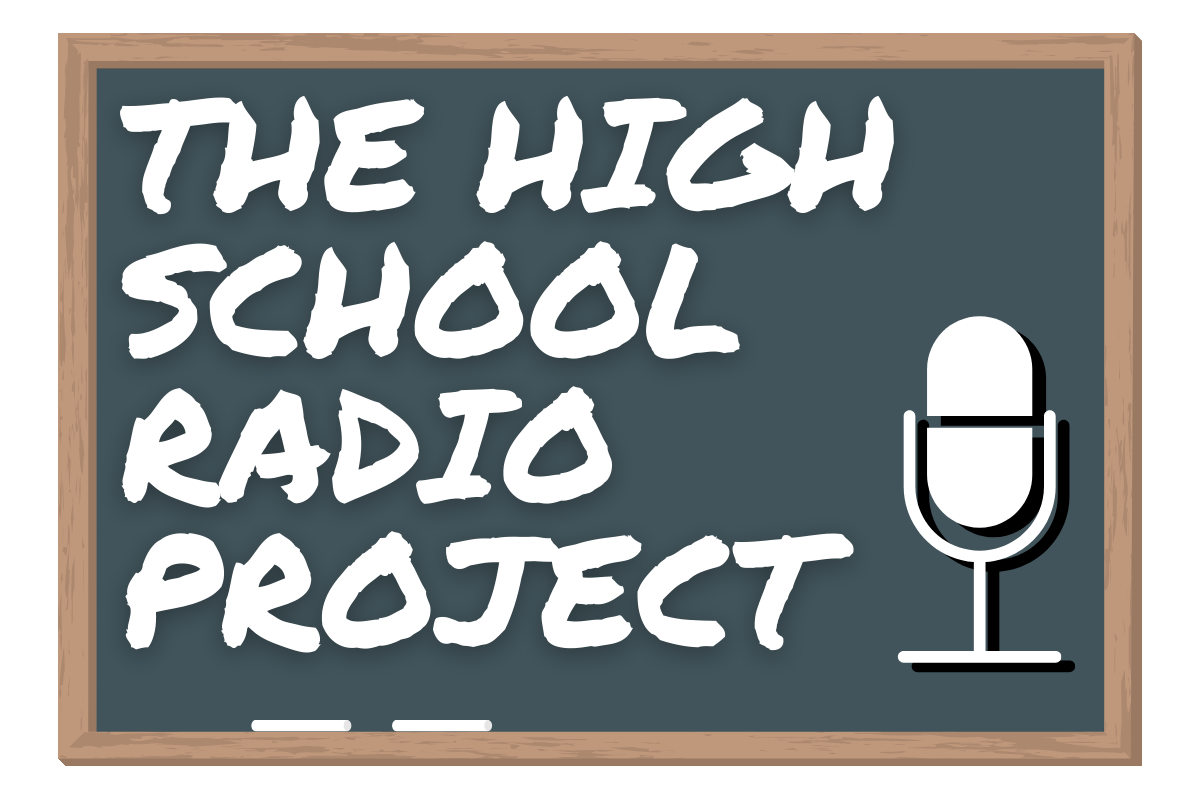
First comes first, let’s talk music.
MusicMaster is an industry-standard music scheduling software which helps create the skeleton on which a station’s sound is built. In this section we’ll discuss station formats, song categories which help the software know how often to play each song, and the station clock which lays out an on-air schedule one hour at a time.
Station formats
Alternative
A station which plays rock music which is stylistically derivative of the Seattle grunge bands of the late 80's, and to some extent, the punk/new wave artists of the late 70's, rather than the "classic" rock artists of the 60's and 70's. These stations are aimed primarily at teenage audiences and feature mostly current single releases and popular album cuts. Since the Alternative Rock peak of the mid-90's, many alternative rock bands (and stations) have evolved in the direction of modern rock, or in some cases, hard rock.
Artist Examples:
A station’s “format” tells listeners the type of programming they can expect to hear. Formats can be music-based, talk-based, or a combination of the two. Music-based formats play songs from a particular style like country, oldies, classic rock, alternative, or Top 40. Talk formats can include news, news-talk, and sports talk. For the High School Radio Project, we’ll focus on three music-based formats that each feature new music releases.
The formats for the HSRP are:
Contemporary hit radio (also known as CHR, contemporary hits, hit list, current hits, hit music, top 40, or pop radio) is a radio format that focuses on playing current and recurrent popular music as determined by the Top 40 music charts. Most stations rely on published charts such as the Billboard Hot 100. Top 40 stations tend to have a smaller playlist and the most popular songs are repeated more often.
Artist Examples:
Contemporary Hit Radio/ Top 40
Country
Country radio stations come in a wide variety of formats. The most common is mainstream country, which follows the basic format of contemporary hit radio in that the current top 40 hits on the country record charts serve as the core playlist, with select hits from the past 15 years rounding out the format.
Artist Examples:
Classic Rock
Classic rock stations vary, but generally play guitar-driven rock music from the mid to late 1960s (first generation of classic rock), through the ’70s album-oriented rock (AOR) to 1980s college rock, hair bands, and metals, through the early1990s grunge and alternative. The HSRP classic rock format focuses mostly on the late 1970s through the 1980s - sometimes referred to as the “second generation” of classic rock or “cassette-era” classic rock.
Artist Examples:
Song Charts
The High School Radio Project will utilize current song charts to help determine which songs to play on the air and how often they’re played for all but its classic rock format. Song charts like MediabaseCharts track radio airplay across the country and rank songs based on the number of “spins” they receive each week. A spin is one airing of a song on one station. Program Directors and Music Directors update playlists and rotations regularly to attract and retain listeners.
Access Media Base Charts by creating a free account on AllAccess.com. You can also elect to receive emails with radio and music news (great for show prep).
Categories
Categories are determined by song turnover. More songs = slower repeats. Fewer songs = faster repeats. Radio stations use different terms for their categories and the rotation can vary by station format. For simplicity, the High School Radio Project formats all use a similar rotation/clock.
Music categories we will use:
Heavy: The most popular current songs receving radio airplay today. This category typically features 8-10 songs, so that each is played more often.
Medium: This category blends the most recent hits that are sliding down the charts with future top hits that are rising the charts and receiving increased airplay. This category will have a generally 15 songs.
Light: The largest category, “light” songs fill in the gaps between the most popular current music. This category can be thought of as an “Amazon warehouse” of hit songs, a place where you can find just about anything, even though it’s not played as often as it once was.
Student: HSRP students are likely to have their own favorite song they’d like to hear on the station. This category will allow students to act as Music Directors by adding format appropriate songs on the station in regular rotation. This category can have between 15-25 songs.
For classic rock, we have separated artists/songs into periods of time. Each song will fall into either 1960s, 1970s, Early 80s (1980-1984), Late 80s (1985-1989) and 1990s.
Song Charts/Categories
Station Clock
A broadcast clock or format clock is a template that displays a radio's hourly format in a graphical representation of a clock. Radio often follows an hourly pattern where certain segments such as news and commercials are repeated every hour at specific times. [Wikipedia]
The High School Radio Project uses clocks for each of its chosen formats, alternative, country, and Top 40. While real-world stations with these formats are structured differently, HSRP will use one clock amongst the three formats. For classic rock, we utilize a “migrating clock” which will vary the decade-separated music every hour with certain minimums and maximums for each category.
Radio stations schedule hourly breaks to air commercials or underwriting messages. Commercial stations air advertisments which serve the purpose of generating revenue to run the station. Non-commercial stations air underwriting messages, a special category of advertisements with a set of strict rules. Since the HSRP is a non-commercial station, our breaks will consist of only unpaid public service announcements (PSAs) produced by students for causes or school activities they wish to support.
As you can see below, each hour is divided by which category of song is being played, as well as imaging, PSAs, and DJ segments (shown as log “notes”).
The bright green “VT” elements are where the DJ brings the station to life in between songs and other elements. This will be YOUR opportunity to give the station a unique sound by talking about music, your school, sports, or current events to establish a connection between you and your listeners. Since the High School Radio Project is not live, segements are recorded in advance through the WebVT program. See our automation section for more details.
HSRP Music Master Tutorials
A quick overview of the functions you’ll use in MusicMaster to get the HSRP on the air.
Build your school’s assignment grid, determining which music format plays in each hour of a day/week.
Scheduling HSRP music and exporting to PlayoutONE automation software.
Learn how to move music or imaging between categories. This will be used most often when updating our HSRP playlists based on the Mediabase charts.
Learn how to unschedule a period of scheduled music.
Below, you’ll find video tutorials covering most functions you’ll be asked to do in Music Master. For additional information, MusicMaster has a series of tutorials, walkthroughs, webinars, and blogs here. Feel free to contact your SBA for additional help or resources.
Reminder: MusicMaster can only be accessed through RealVNC, the virtual machine running the HSRP. Your teacher will help you with access.























